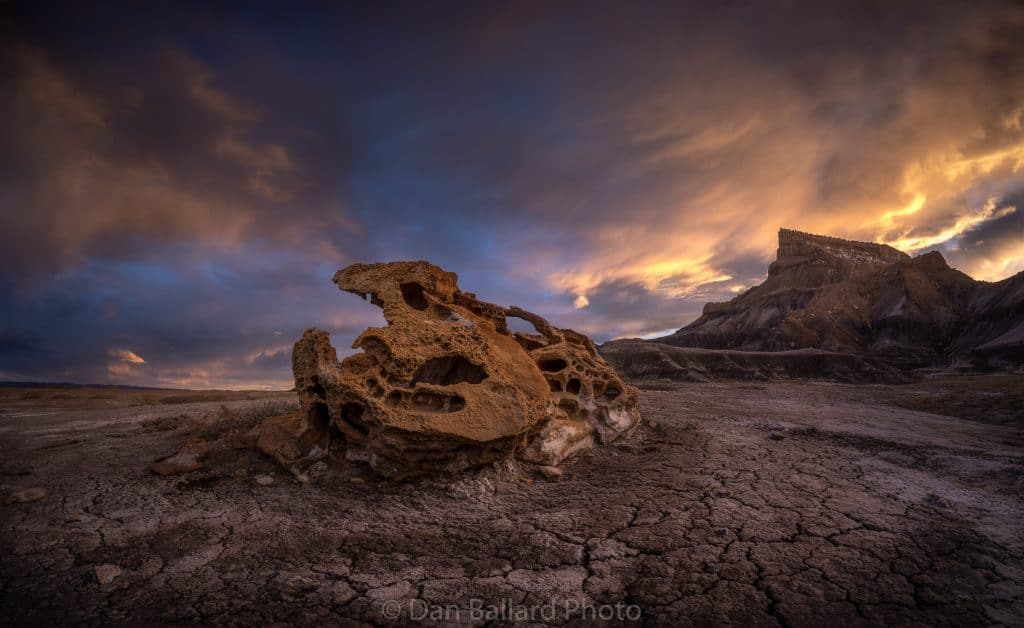You may have heard about the best-selling psychology book Thinking, Fast and Slow by Daniel Kahneman. It digs into the dichotomy between two modes of thought. “System 1” is fast, instinctive, and emotional; “System 2” is slower, more deliberative, and more logical. It intrigued me how these two systems are both active participants in the process of shooting and creating a landscape image. Even before reading the book, I’ve often pondered how photography can be both slow and calculated and also fast and unthinking. Or how some of my best images took 30 minutes to compose while others happened in a matter of seconds.
It’s not uncommon in the world of photography to hear someone say slow down. So often, beginner photographers tend to shoot without much thought. Simply taking the time to slow down to think and be incredibly aware of what you are attempting to capture is critical. That said, after years and years of shooting along with teaching hundreds of clients – I’ve learned that at times, shooting fast, without much thought is equally important. This article will attempt to explain why and when I feel shooting either slow or fast will be advantageous to create a great image.
Shooting Slow (System 2)
As a beginner, everything starts out slow. Memorizing the buttons on your camera with your fingers. Unfolding your tripod into place. Remembering which settings to use and when. Learning about composition and design. It reminds me of learning to play guitar, as one of the most important lessons that you learn is to force yourself to play every riff excruciatingly slow with perfection over and over again until you can slowly speed up, getting faster while retaining perfect technique. Everything you do in photography needs to be done in a similar fashion. Be it on the artistic side or the technical.
Shooting slow is also about being completely aware of a scene even after you get more advanced. This is one of the most critical aspects I teach my workshop students – you have to give conscious and deliberate thought to each of the elements in your frame. How well do the various elements work together? Is one side of the frame more weighted? Is there simplicity? The more time you can spend practicing your awareness, moving the camera around the world, and analyzing everything in it – forcing yourself to identify different parts of the scene, the better able you will be to start doing it faster when the need arises.
All this in mind, I think there is a point in shooting slow where you can reach a plateau or get stuck in a rut – practicing the same techniques or formula over and over again. At this point, I think it is beneficial to experiment with shooting fast, letting your instinct and emotion guide you. Then you can revert to System 2 when it is time to master something new.

Shooting Fast (System 1)
There is a lot stored in subconscious, fast mind. Have you ever been immediately captivated by a potential photo that you saw in the blink of an eye, either while driving or walking by? Many of these types of scenes have caused me to turn around and go back, scenes that end up being some of my favorite images. All because it felt right. It’s been said that feeling is a form of thinking, both are ways we process information – but feeling is faster. This could also explain why we feel connected to certain places.
“Intelligence is not only the ability to reason; it is also the ability to find relevant material in memory and to deploy attention when needed.”
– Daniel Kahneman
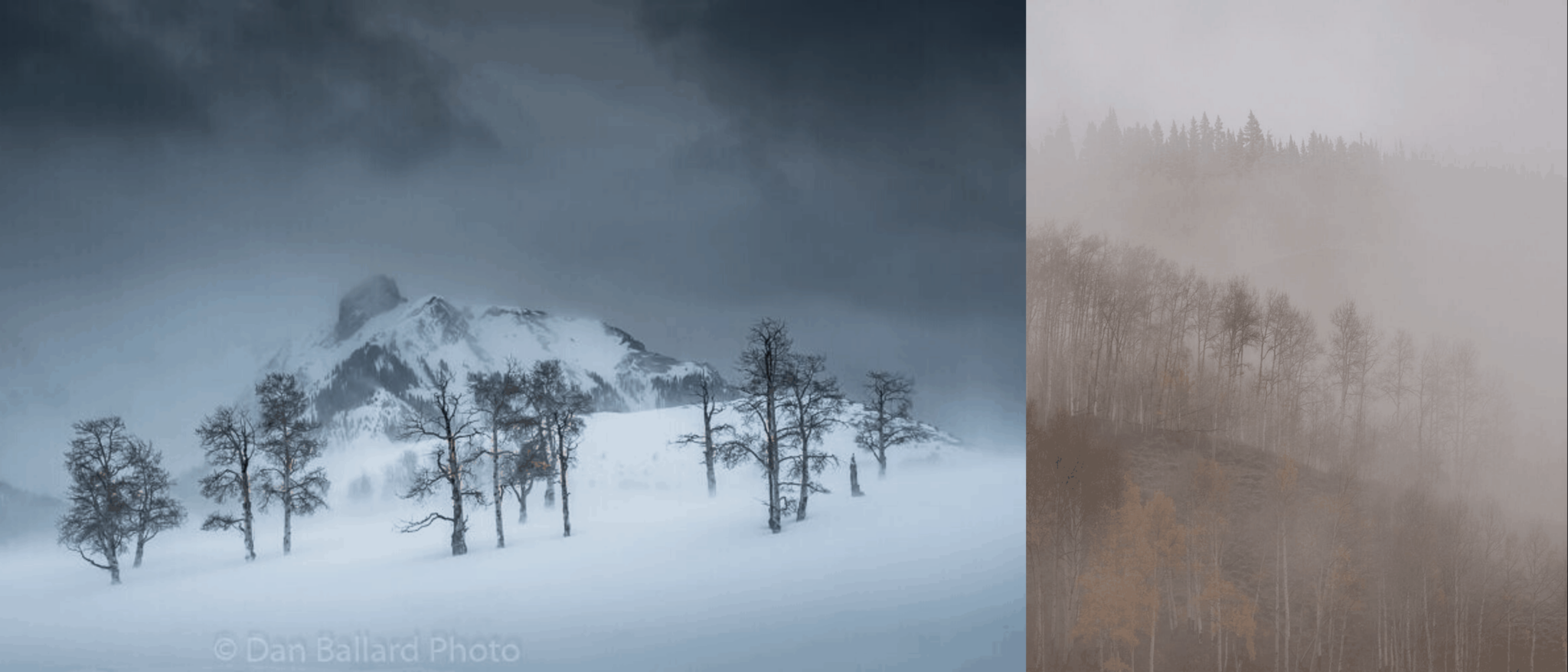
As explained in the book, System 1 thinking (or fast shooting) involves associating new information with existing patterns, or thoughts, rather than creating new patterns for each new experience. This would explain why shooting fast is about working what you already have in your knowledge bank, when the hours and hours of deliberate practice kicks in and can react instinctually. Using both the info from the learned patterns but also allowing intuition to guide. This would be why you can instantly recognize the elements that would make a great composition while passing by at 60mph.
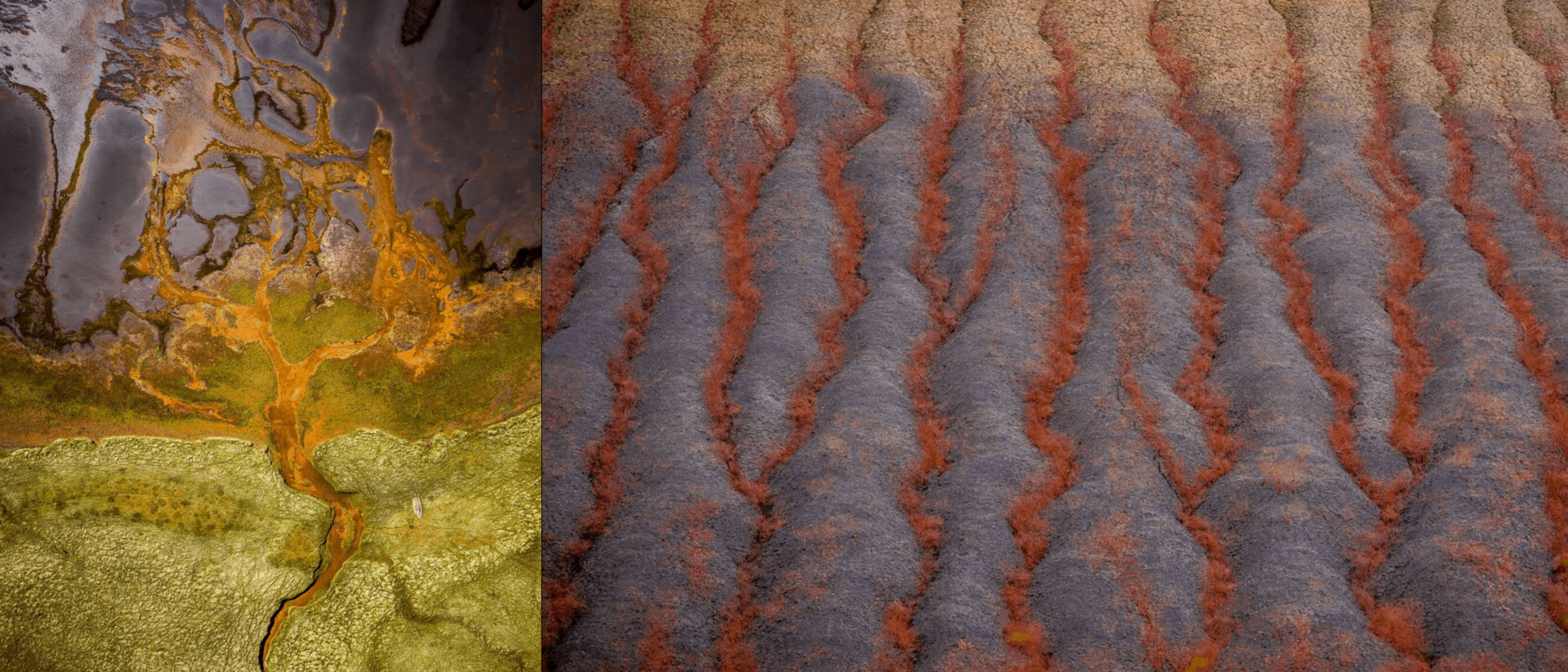
When you have the opportunity to stop focusing consciously on the pre-learned formulas, you have more freedom and mental space to be creative and instinctual. Going back to the guitar analogy, after a musician has spent thousands of hours practicing scales and riffs and find themselves playing live with a band – they no longer have to think about what they are playing. They can let go and play with their emotions. They are still using everything that they have learned over the years, but without as many limitations. Using System 1 they are free to improvise.
“Being able to act intelligently and instinctively in the moment is possible only after a long and rigorous of education and experience.”
― Malcolm Gladwell
Tying it Together
Now that you’re familiar with how I view System 1 and 2 as they relate to photography, let’s dig into how we might benefit from using these modes of thought for various types of shooting environments.
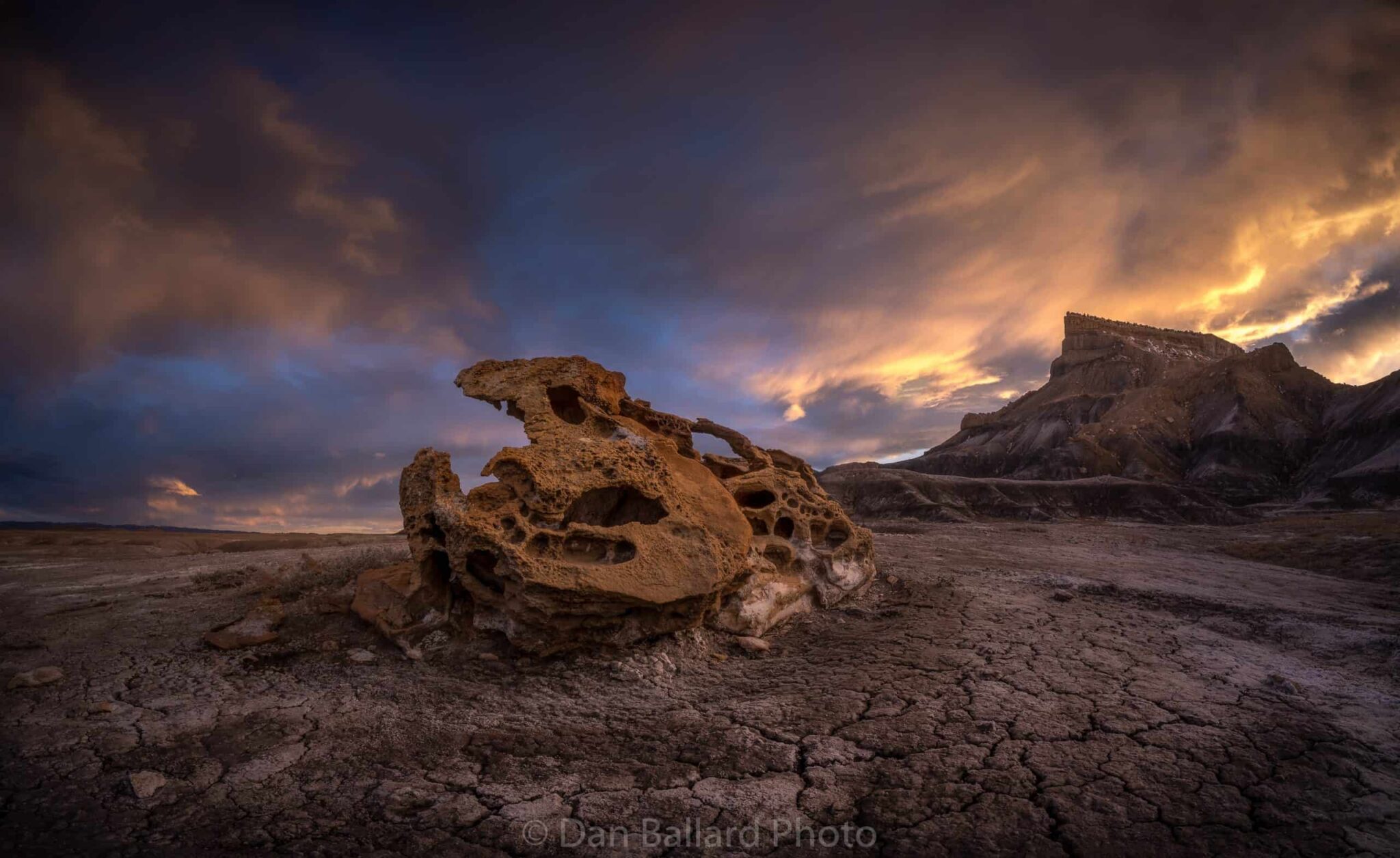
For example, even if you have been shooting for years, System 2 (shooting slow) is in full effect when you’re getting out of your comfort zone or pushing past creative limitations to try something new. Consider the times you have tried to compose a complex landscape scene that has multiple elements. You have to stop and analyze the environment and think carefully about what you are trying to create. This is especially true when you are trying to shoot in a way that you haven’t before. Again, if you’re trying to push your limits with a different or unusual design, you pretty much have to be using System 2. These types of scenes just take time.
“When we become expert in something, our tastes grow more esoteric and complex.”
– Malcom Gladwell
I find that I use System 1 (shooting fast) far more abstract, simple type scenes or more “classic” old school landscape photography. These images are typically much less complex in terms of the number of elements and objects that, for example, would pull you from a very close foreground all the way through the scene to a middle and or background element. I also think System 1 type images are generally based on form, colors, and the way the overall design works. Again, think of the times you are walking or driving through the wilderness and a combination of elements “struck” you as a great photo. Sometimes it’s just the way a group of trees lines up just right. Or a pattern on a rock. That’s where System 1 comes into play.

The other obvious benefit of “shooting fast” with System 1 is how much time you physically have to work with. In a perfect world, I have all the time I need to scout a location. I can spend hours finding the perfect composition, exploring numerous ideas, and making sure that all my gear and settings are 100% perfect. Of course, that situation does actually happen part of the time – but if this slow, relaxed style is the only way you know how to shoot, you are missing out on hundreds of shots over the course of several years that don’t give you that much time.
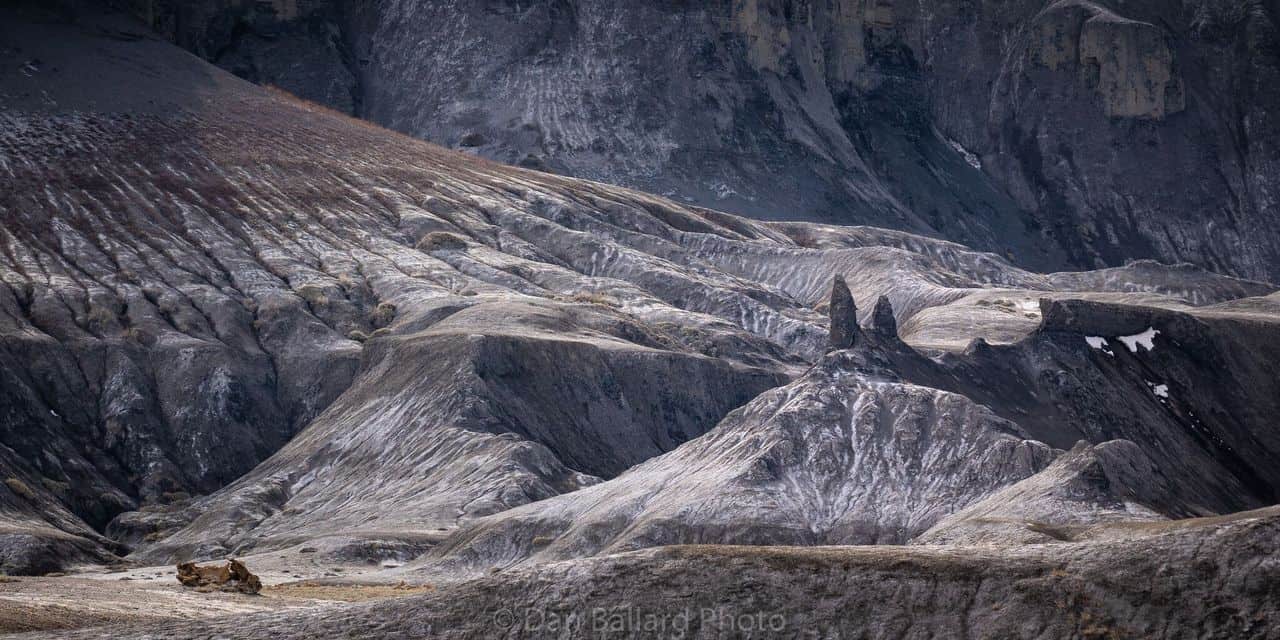
Using Both Systems
Of course, there are many situations where I end up using both System 1 and System 2. For example, when I approach some landscapes, the basic idea of the scene will come to me quite quickly or with very little thought. But these initial thoughts are just the building blocks of what makes a scene, tapping into subconscious knowledge. Once that initial idea comes to mind, if I have the time available, I will often then slow down to focus and concentrate on every element. If I can keep the original thoughts in mind at the same time, I am then able to hone in on those emotional elements while also eliminating distractions that take away from the design.
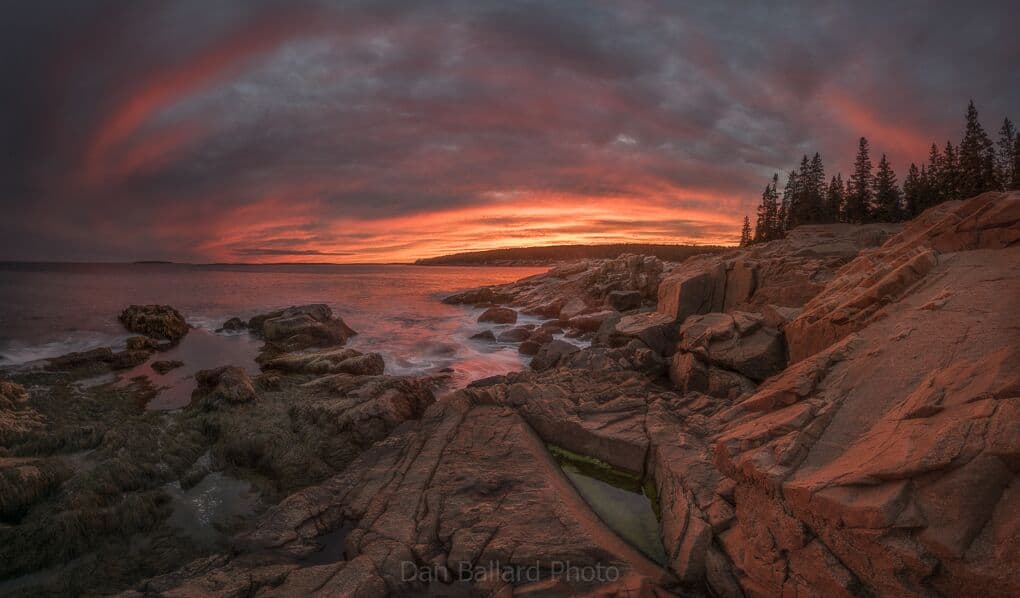
In terms of learning, we can also use both systems to push us forward in a circular way. Slow down for learning until we are comfortable. Then Fast to break out of the comfortable rut. Then more Slow to learn a more complicated formula until that becomes comfortable… then we need Fast again to push past the new state of comfortable and so on.
Shooting Slow (System 2)
- Learning & mastering new skills
- Putting together complex scenes
- Using challenging techniques that you’re uncomfortable with
- Pushing past creative boundaries to try new things
Shooting Slow (System 1)
- Allows the brain to get out of the way and focus on instinct & years of training
- Uses the subconscious to identify scenes
- Allows you to physically work faster
- Enables creative freedom without focusing on the technical aspects
Both Systems
- Allows us to break away from doing the same things
- Be both emotional and calculated while creating images
Feel free to share your thoughts and ideas on the topics in the comments below!

